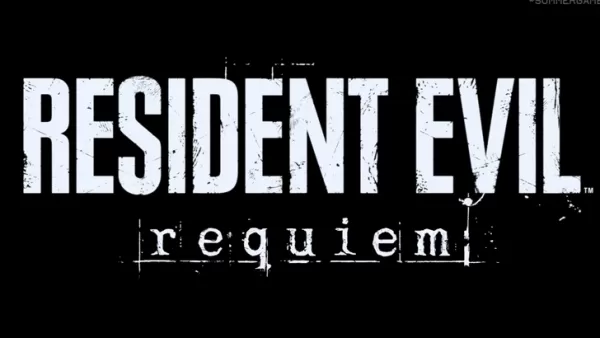Tempest Rising: A Nostalgic RTS Masterpiece
From the moment I launched the Tempest Rising demo, I was hooked. The opening cinematic, complete with cheesy dialogue from hardened soldiers and a nervous scientist, instantly brought a smile to my face. The music, UI, and unit designs perfectly captured the essence of classic Command & Conquer, transporting me back to late-night gaming sessions fueled by caffeine and questionable snack choices. Slipgate Ironworks has masterfully recreated that nostalgic feeling, and I'm eager to see what the full game holds. Whether battling AI in Skirmish or facing off against human opponents in Ranked Multiplayer, Tempest Rising felt incredibly familiar and comfortable.
This nostalgic experience is no accident. The developers aimed to create an RTS game that evoked the spirit of 90s and 2000s classics, while incorporating modern quality-of-life improvements. Set in an alternate 1997 where the Cuban Missile Crisis escalated into World War 3, Tempest Rising introduces a unique element: strange, energy-rich vines that thrive in the nuclear fallout.
Tempest Rising Screenshots

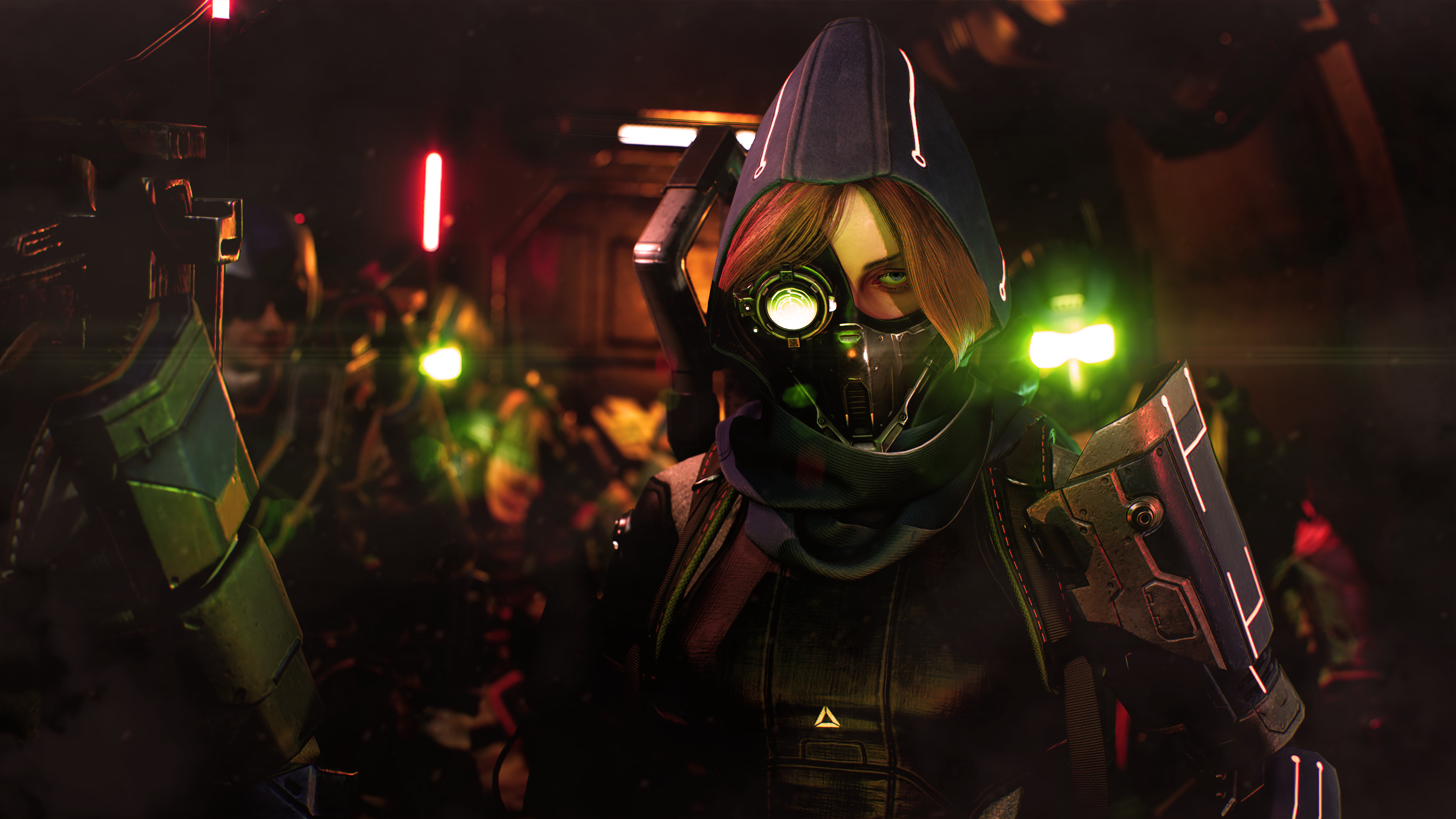 8 Images
8 Images
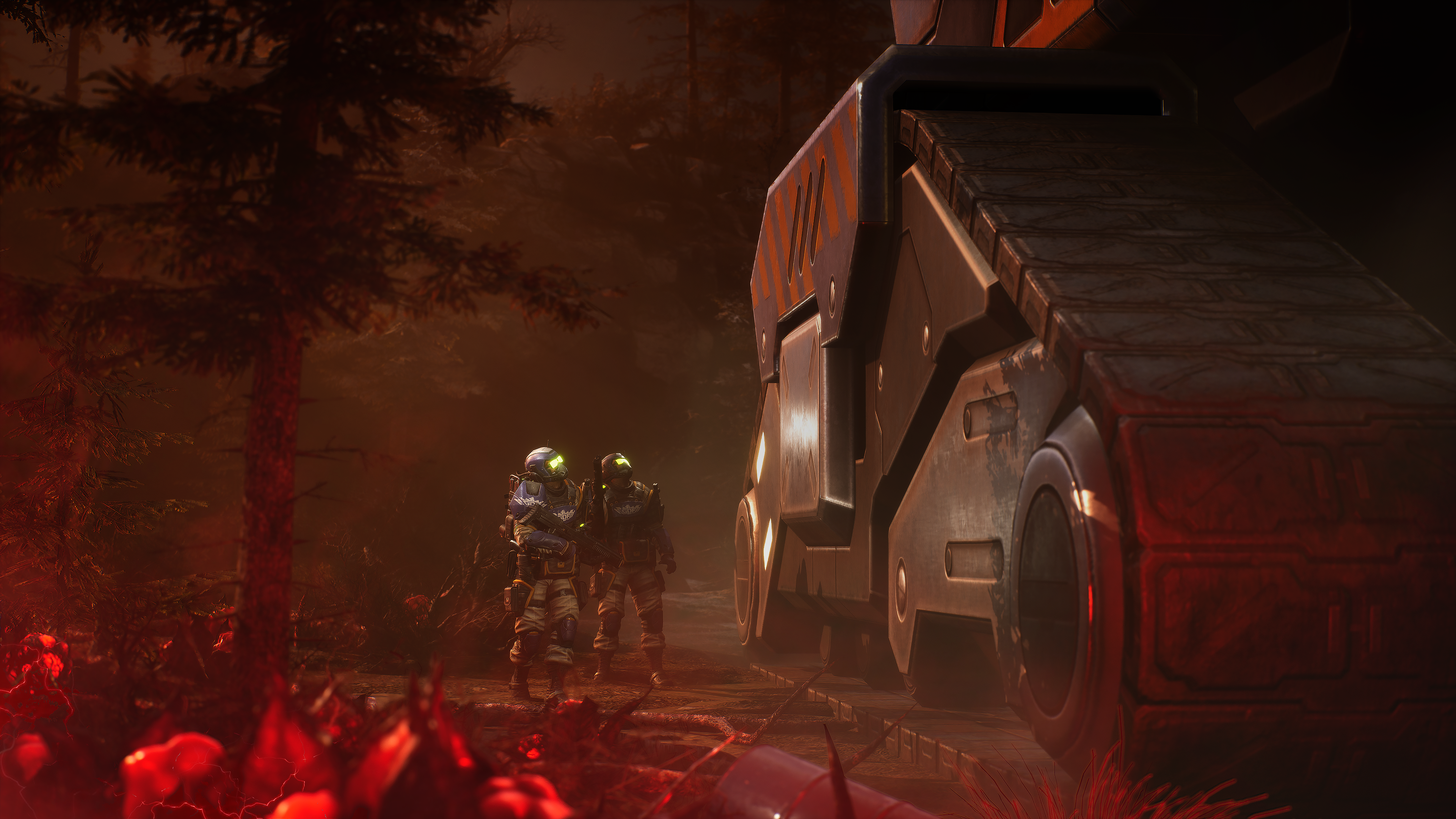
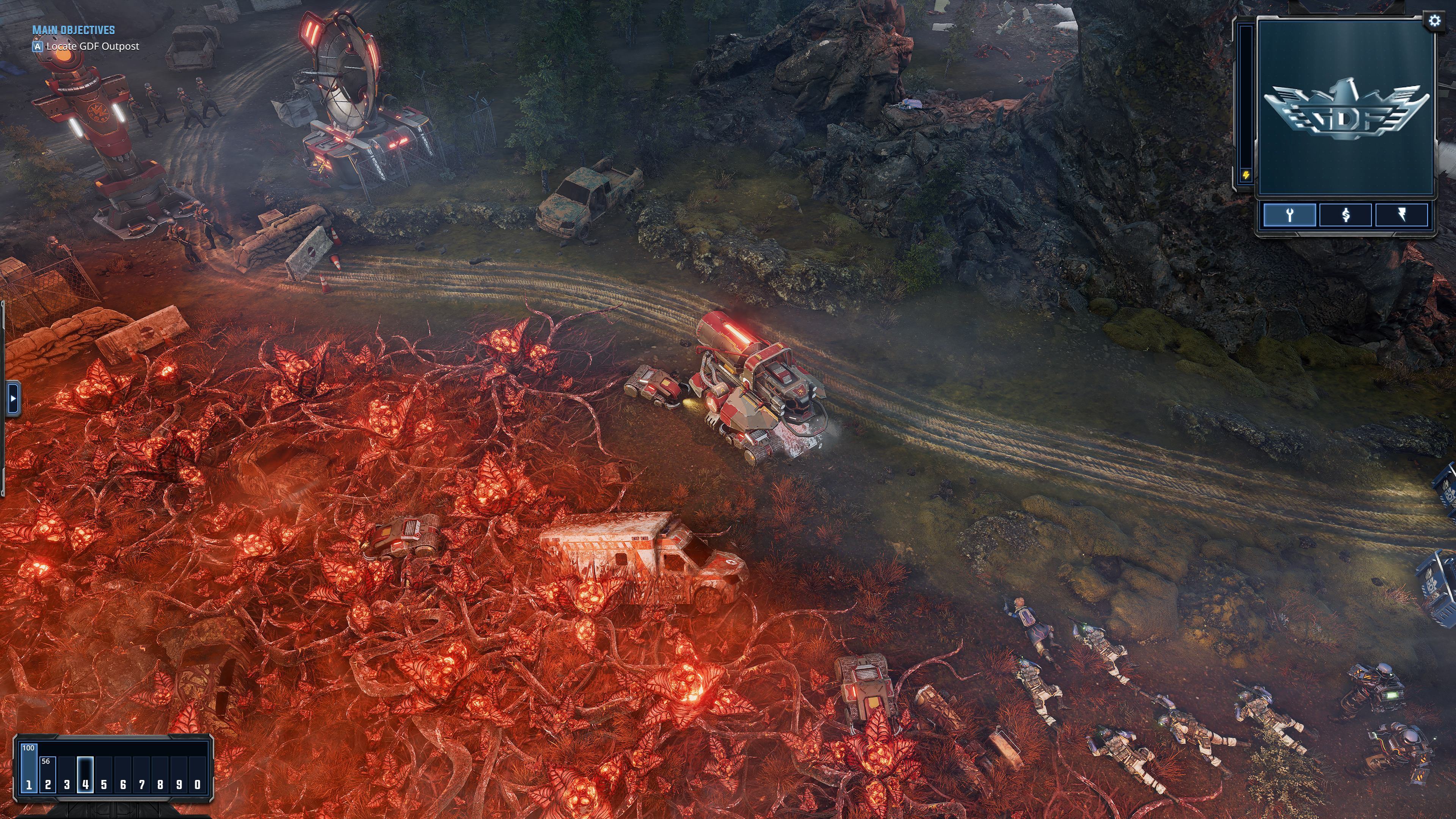

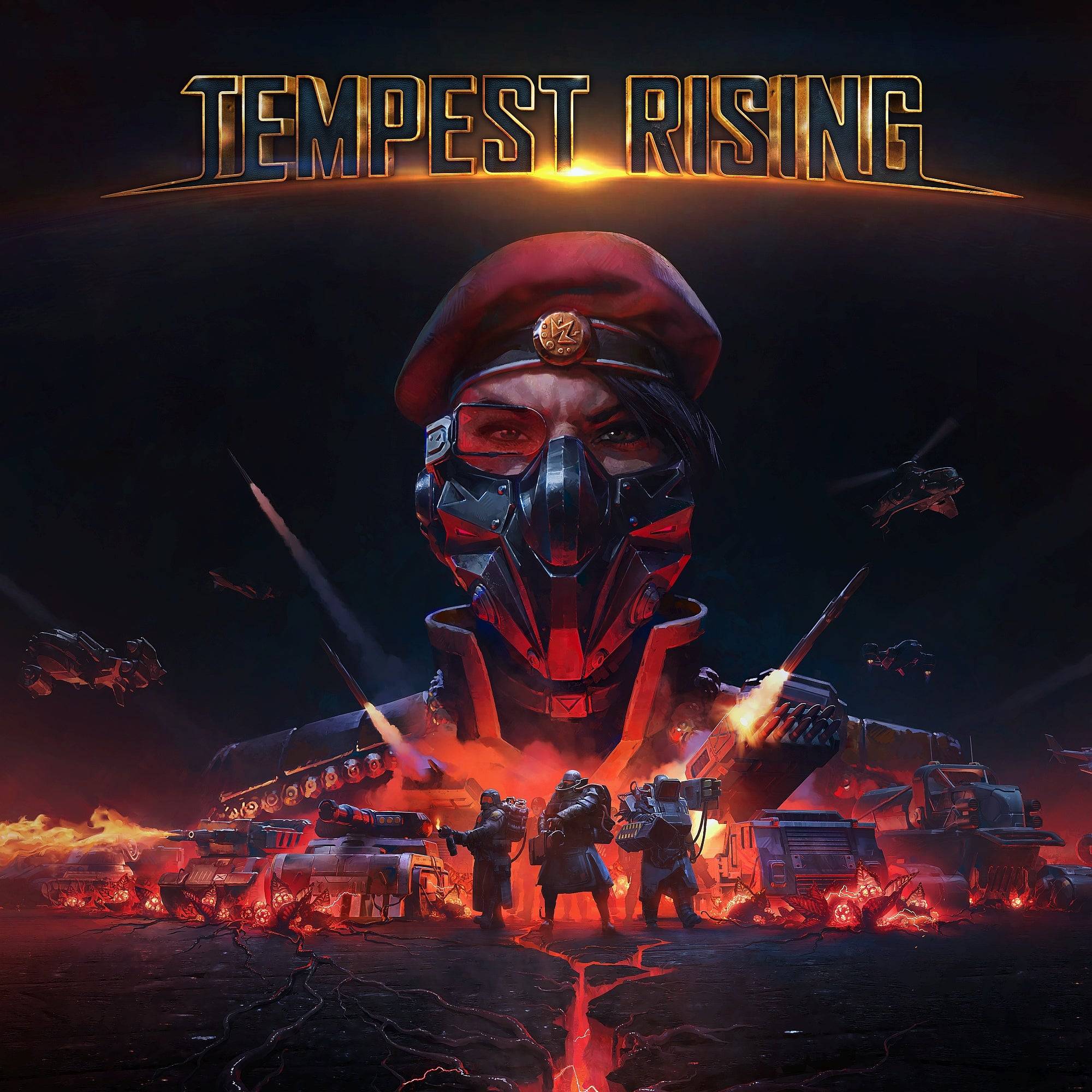
The demo focused on multiplayer, so I'll have to wait for the full release to experience the story mode, which boasts two 11-mission campaigns, one for each main faction: the Tempest Dynasty (TD) and the Global Defense Forces (GDF). A third faction remains shrouded in mystery.
The Tempest Dynasty immediately captivated me, largely due to the hilariously destructive Tempest Sphere, a rolling death machine that obliterates infantry. The Dynasty also utilizes "Plans," faction-wide bonuses activated through the Construction Yard. Switching between the Logistics (faster building and resource gathering), Martial (increased unit attack speed and explosive resistance), and Security (reduced unit and building costs, improved repair) Plans provided a dynamic and enjoyable gameplay loop.
The Dynasty's mobile Tempest Rigs, which harvest resources independently, greatly enhanced my ability to quickly expand my base, regardless of distance. This, combined with the Salvage Van (which can either repair or destroy enemy vehicles for resource gain), added a unique strategic layer. Power plants can also switch to Distribution Mode, boosting nearby building construction and attack speed at the cost of taking damage.
While I favored the Dynasty, the GDF offers a compelling alternative, focusing on buffing allies, debuffing enemies, and battlefield control. The Marking mechanic, combined with Doctrine upgrades, creates powerful synergies.
Both factions offer three distinct tech trees and powerful cooldown abilities, adding depth and strategic variety. The Dynasty's Lockdown ability prevents enemy building takeovers, while the Field Infirmary provides crucial battlefield healing.
The upcoming Custom Lobbies will allow for cooperative play against challenging AI opponents. Until then, I'll continue my solo campaign, gleefully crushing my AI foes with overwhelming force. Tempest Rising is shaping up to be a fantastic return to form for the RTS genre.

